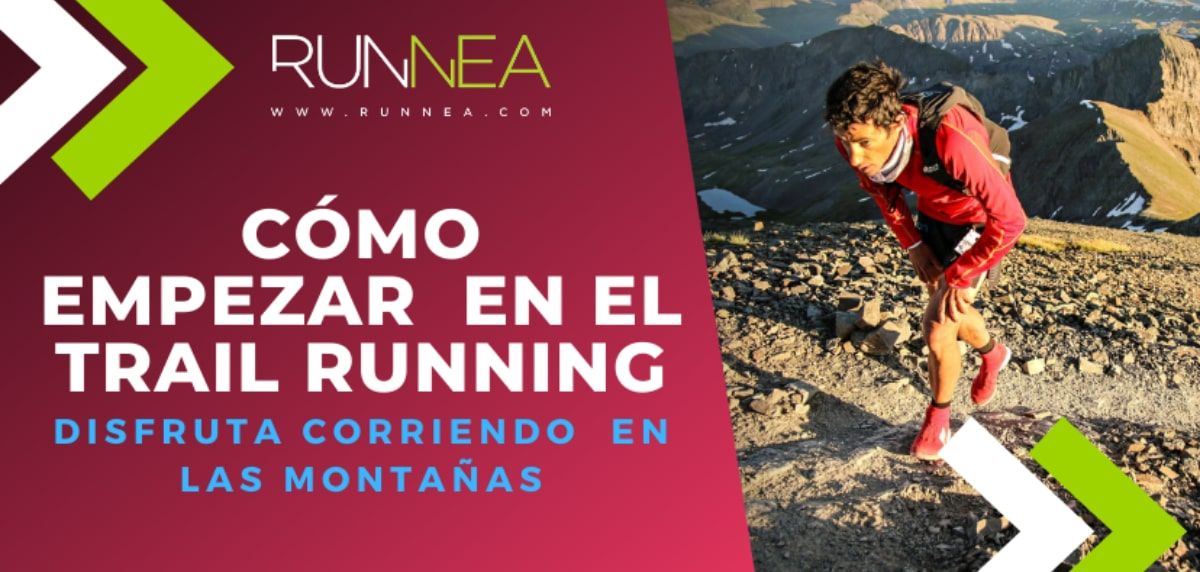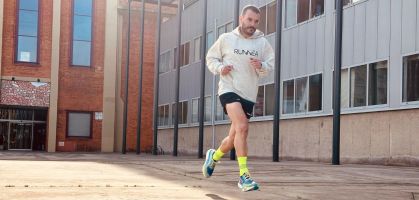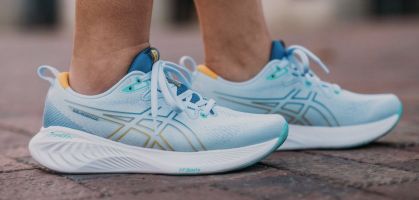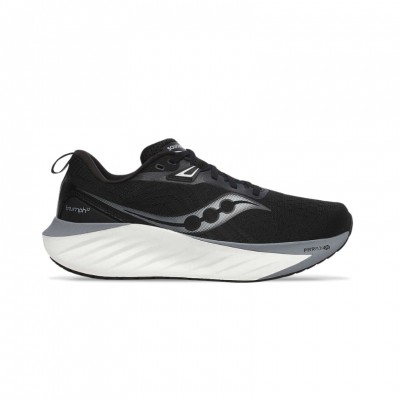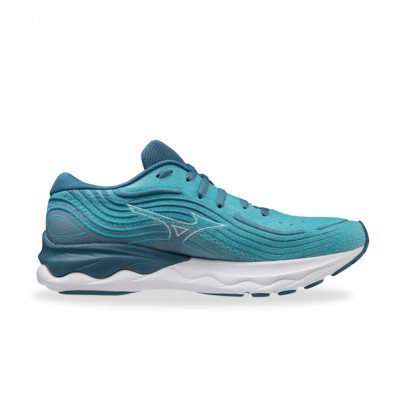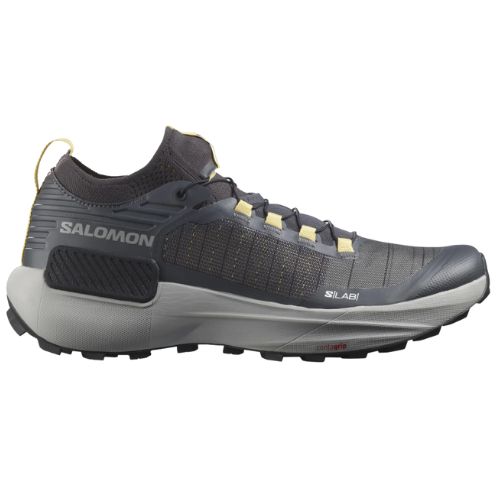Sweat on your forehead, shortness of breath, racing heartbeat and the taste of blood in your mouth. You have just started trail running and no one has told you about it yet. You haven't even reached the main summit, the race ceiling, and you're already looking forward to the day being over, your legs resting and your head cooling down. You're inexplicably looking for a reason to keep running amidst all that suffering but then, a few meters ahead you collapse. Your legs say enough, your chest, out of breath, burns, as do your brand new trail running shoes. And meanwhile, your head fades to black.
Where are you? 1,700 meters above sea level in the middle of the mountains and three kilometers from the nearest aid station. Alone, with no water in your water bottles and no food to put in your mouth thanks to your recklessness. Waiting only for another runner to see you and help you, to bring you back to the comfort of your couch at home. Because there, away from everything and everyone, you understand that your race is over.

How could it be otherwise, we are talking about trail running. That sporting discipline that encourages you to run through the mountains with your running shoes. That invites you to take to another level your love of sport, to overcome yourself, to connect with nature. A discipline that, for some time now, has undergone a brutal boom due to its beauty and its ability to create, unfortunately, false superheroes. Many runners look to trail running as an escape from everyday life, seeking great feats, impossible achievements and often unattainable milestones. And all this without thinking too much about the risks that mountain races carry behind them.
Every year around 700,000 runners take part in the more than 1,800 mountain races (including trails, ultras, vertical kilometers...) held in Spain. These competitions fill the country's mountains with runners every weekend and, at least in the races approved by the Spanish Federation of Mountain Sports and Climbing (FEDME), contain regulations that make them very tough races. From the basic premise of having a minimum length of 21 kilometers and a cumulative elevation gain of 1,000 meters, to the possibility of running on trails with a gradient of up to 40% and a grade II difficulty. All this makes trail running a discipline of absolute demand and severity, with risks for which it is advisable to be as prepared as the members of the Runnea Academy family are.
- Youmay be interested in: Why start trail running and how Runnea Academy can help you in the attempt?
Start trail running without believing you are Kilian Jornet

Climbing and descending the iconic Matterhorn in less than three hours, finishing in 8 days the 700 kilometers of the Trans-Pyrenees or reaching the top of the world in record time. These are just some of the milestones to which the Catalan Kilian Jornet, the icon par excellence of mountain races, has accustomed us. Feats as surprising and inspiring as they are impossible for the vast majority of mortals. Feats that encourage many runners to take to the mountains with the same crazy aspirations, but unfortunately, without his abilities to do so.
Dressing like him, wearing his trail running shoes even if they weigh much more, saving every last gram of weight in the backpack as he does or not respecting the recovery times between activities for the simple fact of seeing him every day immersed in a new adventure. These are behaviors that are becoming a trend among trail runners and that only magnify the risks that a runner already assumes when putting on a race bib.
Both participants and organization must know and prevent any type of adversity that the race may pose and therefore, both parties assume responsibilities for its proper development. The organizers must plan an itinerary, properly signposted, with sufficient and well equipped refreshment posts . They must also have a plan of action in case of emergency, with a person in charge of security and a team of people with the appropriate knowledge and materials to act.
For their part, runners must inform themselves and assume the risks that may be involved in the race, as well as comply with the safety measures imposed by the organization. Help other runners in trouble and, above all, comply with the basic rules of self-protection. To do this, it will be vital to leave behind the Kilian syndrome, to know the capabilities and limits of your body and to take care of your physical and mental health, since in a mountain race problems can appear that can strike body and mind.
What happens to our body while running in the mountains?
The risks that end up damaging and affecting our health go beyond sprains or fractures caused by a fall in the middle of the mountain. Although these are dangerous situations due to the difficulties of the terrain, in Runnea we want to focus on those internal factors that throughout your races and training will affect your competitive performance and your physical and mental health. Starting, of course, with your legs.
The legs
Muscle wasting in the legs is one of the major factors of abandonment and failure in mountain races. To perform a trail running event we must strengthen the muscles with training oriented to the type of terrain that we will find and maintain a diet rich in protein and carbohydrates. At the same time, we must be attentive to our feet, which suffer from chafing and blisters that will make our race hell. To avoid this, we should try to keep our feet dry and cool, wear quality socks and spare socks and, if necessary, explode the blisters with a sterilized needle to reduce the pain.

The brain
One of the most important organs of our body can be affected by fatigue due to the accumulation of kilometers and unevenness, or by high temperatures. This can lead to hallucinations and fantasies, especially in distances such as ultras. To avoid this type of situation, the best thing to do is to adapt your training to conditions that are the same or similar to those you will find in the race.
The heart
In charge of pumping blood to the rest of our body, it has a lot of work to do during a trail race. Variations in heart rate can lead to Collapse Syndrome, which manifests itself through dizziness and loss of consciousness. To avoid these drops in blood pressure, also caused by dehydration, we should stop walking, sit down to avoid falls and rest as long as necessary to regain normal vital signs.
Eyesight
Loss of vision resulting from exertion and, on many occasions, from exposure to the sun is a common symptom that, fortunately, disappears within a few hours after a good rest. However, to avoid any type of ocular problem, it is advisable to use sunglasses, preferably with a photosensitive system that graduates the opacity of the lens according to the amount of light.
The stomach
Stomach problems are present in the vast majority of participants of an ultra trail. They present themselves in the form of nausea, vomiting or diarrhea. These problems are caused by the lack of blood flow to the muscles due to fatigue and can be alleviated if we continue to replenish the fluids and food we have lost.

As you can see, a whole range of internal risks that can make your race or training a nightmare. To maintain a healthy sporting habit and not fall into this whole string of completely avoidable problems, Runnea advises you a series of guidelines that will also help you improve your personal bests.
The 7 Runnea tips to enjoy trail running at its best
- Increase your running distances gradually, adapting them to your fitness level at all times.
- Do injury prevention exercises in your training sessions. This will optimize your ability to respond to extreme situations that the environment may present.
- Take care of your diet by adding to your diet recipes high in protein and carbohydrates. Avoid excesses and maintain a healthy and balanced diet.
- Equip yourself with the right materials for the demands that await you in the mountains. In Runnea's trail running shoes outlet you will find the best quality-price ratio.
- Respect the mountain above all. It is a place of incredible strength and toughness that you should not underestimate.
- Maintain quality and effective rest. As important or more important than the training itself is to complete the optimal hours of sleep and rest to perform exercises of maximum demand.
- Join the Runnea family and use a trail training plan to be fully prepared to reach any goal.
Read more news about: Running News
